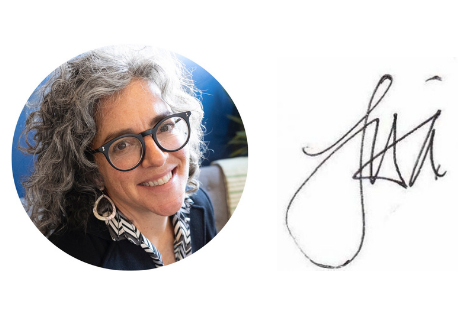
A friend put her home on the market in Eastern Washington and received an offer that was $100,000 below the asking price. (Lately have had a few great real estate stories that demonstrate the power of stories.) Rather than be offended, which I know I would be, she instead wrote a letter in her counteroffer. In the letter, she started with “I’d like to share with you what you would get from this house outside of what you can find in the listing package.” And she went on to describe what it was like when the sun rises in the morning on the front porch. She described the yard that stretched down to the lake and the activities and experiences to be had in this home at different times of the day.
The potential buyers came back with a new offer: Increased by $90,000.
I know many of us in the nonprofit world struggle to report on ROI but I think we can all calculate the ROI on my friend’s story. A cool 90 grrrr.
What is emotional connection, anyway?
My friend’s letter clearly struck a chord that made an emotional connection that persuaded someone to action and removed the transactional nature from the purchase. Suddenly, money wasn’t the driving force, emotion was.
Making an emotional connection isn’t as hard as it sounds if you stop thinking to yourself “how can I make an emotional connection?” Because asking yourself that question isn’t going to get you anywhere. Think for a few moments – What brought these potential buyers up 90,000? And we can change the question we ask ourselves in our next storytelling effort.
Story gives us the ability to share something you can’t find on Google.
If you’ve bought or sold real estate, you know listing templates don’t provide space for the kind of narrative my friend offered in her letter. The information typically includes things like square footage, number of beds and baths, school district, utility, and road information. This is standard data one needs to make decisions. There is room for comments but this is typically filled with a description of the property. (Great opportunity there for a story, but I’ve not seen that happen).
It’s no different in the nonprofit sector, really. We all have data to show why it’s important to choose your cause. The stories are what make the case. They remove the transactional nature from the relationship making you the organization of choice. The one to which they say “take my money.”
The question instead to ask yourself is how can I share an experience? In doing so, your audience can picture themselves in the situation be it a positive one like the beautiful porch, or perhaps a negative one that creates urgency.
The goal is to be relatable which drives to desirable. Instead of asking “how much?” Your people will demand “take my money.”
PS: One of my many new ideas while I was trying slow is to launch a new master class on storytelling which will be open to the public, perfect for individuals working in the non-profit and purpose-driven sector to learn to be better at using story to get your cause noticed and funded. This is a two-month program that will launch in September (back to school for EVERYONE). There will only be 10 slots available and I’d love to talk to you about it. Contact me to learn more and apply.
Take care out there,

Some ways I may be able to help you and your team:
Want help seeing things differently? Ready to make that idea of yours happen? I still have a few spaces available in June for my Take a Big Leap Coaching program for purpose-driven individuals who want to make a big change or level up their career, business/organization, or want to strike out on their own and launch their thing. This four-month, one-on-one program will help you articulate and make your idea of change happen. Respond here, and we can schedule a time to discuss.
Help non-profit team members level up their storytelling. In this three-part series, I can work with your team to help you elevate your organization’s communications and storytelling skills. Want more details? Respond here to schedule a time to talk.
Digital Transformation. Need to bring your work online? I’m here to help. Contact me for details.
Stay in touch.
Sign up for our newsletter / podcast to get emails of great stories like this.
[ssba]
Leave a Reply